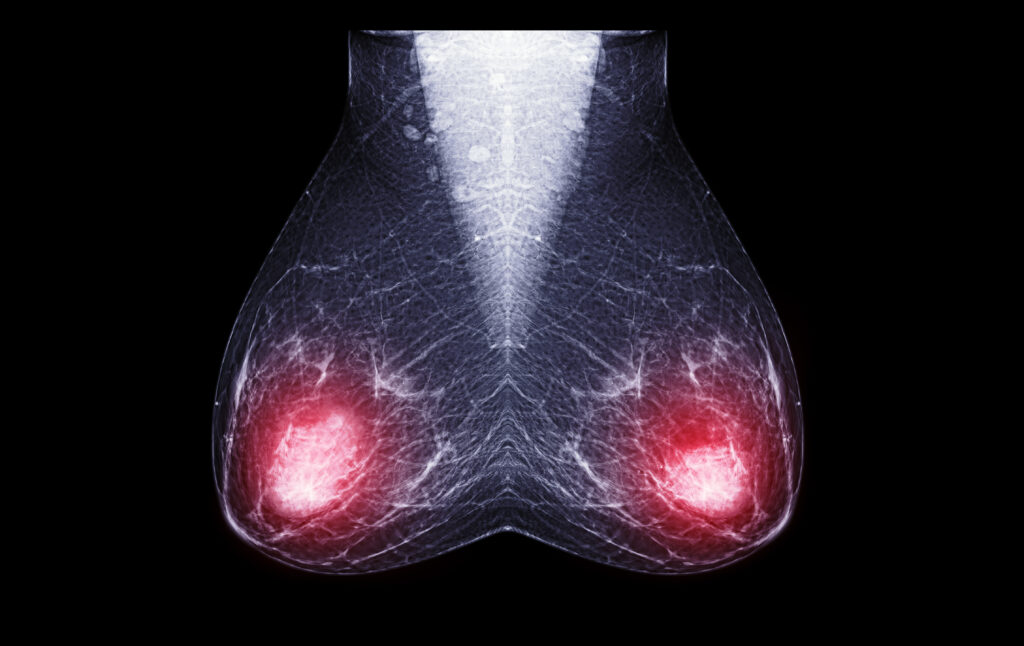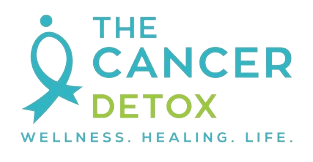5 Interesting Facts About Bilateral Breast Cancer
5 Fast Facts About Bilateral Breast Cancer

Breast cancer image
Hello, breast cancer preventers!
Ladies, let’s face it, there are few things that strike more fear in the hearts of women than to get a breast cancer diagnosis. It is news that no woman wants to receive. So when I started working with a client shortly after she was diagnosed with breast cancer, you can imagine how raw her emotions were during our coaching sessions. During her treatment journey, we were able to help support her chemotherapy side effects using cancer-fighting supplements which we discussed in a previous blog post.
As she continued her chemotherapy she got the unfortunate news that she had another tumor in her other breast. This is considered bilateral breast cancer, which is:
- Breast cancer occurs in both breasts
- Typically the woman receives a breast cancer diagnosis in one breast initially, then 1 – 12 months later she receives a breast cancer diagnosis in the other breast
In the case of our client, she has a bilateral breast cancer type called synchronous breast cancer (more on that below). Of course she had lots of questions about what this is and her survival rates. We had lots of science-based research to give here on this topic. From that research we decided to provide you with some “fast facts” on breast cancer research and treatment for bilateral breast cancer.
Fact #1 – Bilateral Breast Cancers Are Not Created The Same
Our client was diagnosed with a second breast cancer within a few months after her first breast cancer diagnosis. This is considered synchronous bilateral breast cancer. In this case, the second diagnosis occurs shortly after (within 1 to 6 months) the initial breast cancer diagnosis.
In another type of bilateral breast cancer, the second diagnosis occurs 1 year or later after the initial diagnosis. This is called metachronous bilateral breast cancer.
Fact #2 – Women Diagnosed with Breast Cancer Have a Higher Risk of a Second Breast Cancer Diagnosis
Women who are diagnosed with breast cancer in one breast have an increased risk of a second breast cancer diagnosis. The reported increased risk is 2 to 6 times higher than the general population of women.
Fact #3 – Bilateral Breast Cancer Is Affected by the Number of Children You Have
At The Cancer Detox our programs are focused on supporting women’s health in order to prevent a new breast cancer or a breast cancer recurrence. In order to do that we must first know what causes breast cancer. It may be surprising to know that having children can decrease a woman’s risk of getting breast cancer. This includes a bilateral breast cancer diagnosis.
There are several reasons for this, one of which could be due to decreased exposure to the hormone estrogen, which is known to promote breast cancer tumor growth. Women who have children typically have longer time spans when their estrogen levels remain low. The more children a woman has the more time spent when estrogen levels are lower.
Fact #4 – Certain Breast Cancer Tumors Increase the Risk of Bilateral Breast Cancer
The type of breast cancer that a woman is initially diagnosed with could increase the risk of getting a second breast cancer diagnosis in the other breast (i.e., bilateral breast cancer). There are two breast cancer sub-types that may possibly increase the risk of a bilateral breast cancer diagnosis:
- Lobular carcinoma (histologic type), or
- Multicentric tumor
Fact #5 – Bilateral Breast Cancer Survival Rates Are Pretty Good
Treatment of bilateral breast cancer typically includes breast-conserving surgery and mastectomy. With these two standard-of-care treatments the survival rates after 5 years has been shown to be:
- 96.9% for the overall 5-year survival
- 83.5% for the 5-year disease-free survival (i.e., a woman is not diagnosed with a recurring breast cancer)
These bilateral breast cancer survival rates are similar to the survival rates for women diagnosed with breast cancer in just one breast.
What additional information would you like to know about bilateral breast cancer?
CONTACT OUR CANCER COACH
If you are feeling scared after a recent cancer diagnosis and want to know how to support your health during the treatment process, then call our Atlanta-based Cancer Coach at 678-310-8101 today! Or schedule a complimentary call here. You’ll get:
- 3 health coaching tips on cancer-fighting smoothies, cancer-fighting vitamins, and cancer-fighting supplements
- A list of questions to ask your doctor that will improve patient-doctor communication and help you understand your treatment options. Schedule your call here…

To Your Best Health!
Dee Grace, PhD

Hi! I am Dee Grace, PhD Scientist and Cancer Coach. I help cancer patients get better care from their doctors and support their health with cancer-fighting foods and self-care. Schedule a complimentary call with me and get our FREE guides.




